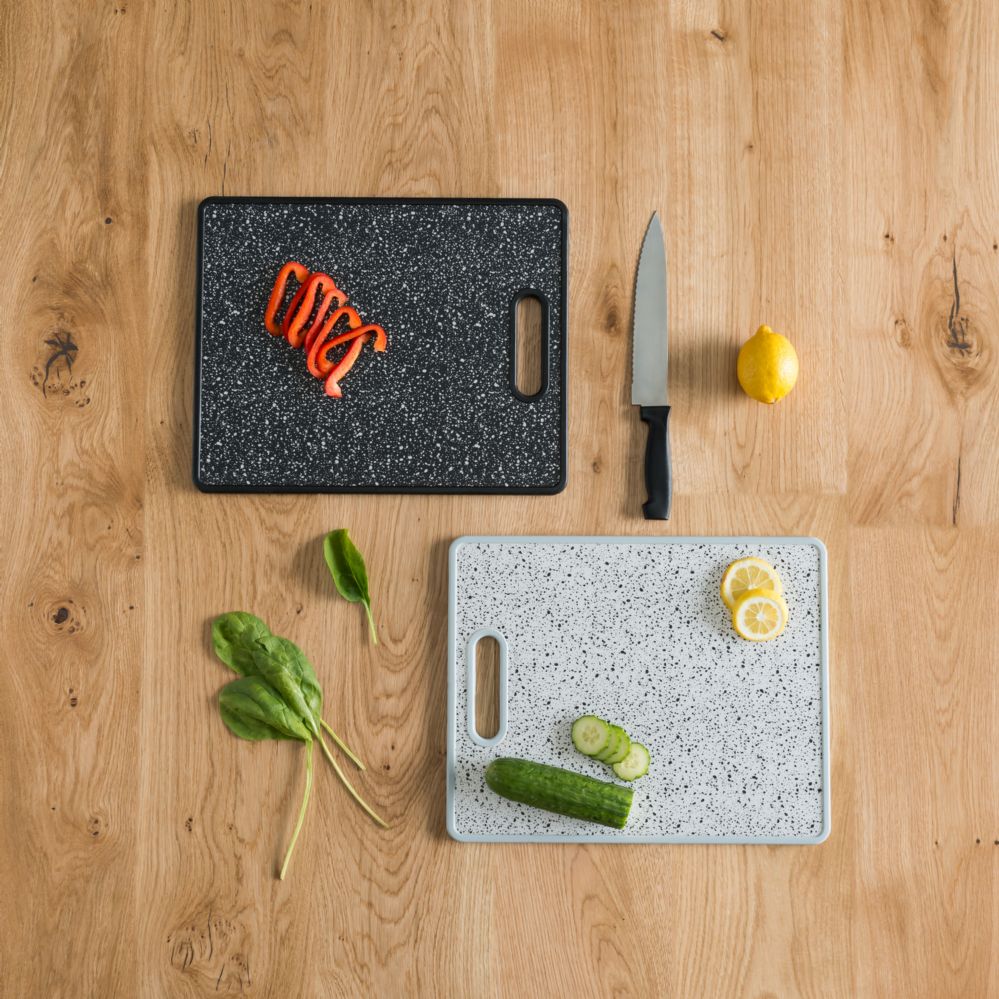Microplastics in Food: Ditch the Board? Top Alternatives & Safe Kitchen Tips
Share IT

Launch Your Dream Website with Us!
Click Here to Get in touch with Us.
Categories
Microplastics Cutting Board Safety
Microplastic Chaos: Is It Time to Throw Away Your Plastic Cutting Board?
A plastic cutting board is a handy and adaptable kitchen item that’s frequently included in modern kitchen sets. A possible drawback of these boards, as shown by recent research, is that they may be introducing microplastics—tiny pieces of plastic—into your meals. Should you run for alternative supplies right away in a panic? This article explores the topic in more detail to assist you in making decisions that will lead to a healthier kitchen.
Table of Contents

The Case of the Diminishing Plastic: An Explanation of Microplastics
Microplastics Cutting Board Safety
Plastic particles smaller than five millimetres are known as microplastics, and they come from a variety of sources, including synthetic textiles, single-use plastics, and yes, even our handy cutting boards. Research has indicated that when chopping food, particularly with sharp blades or hard materials, there is a chance that small pieces of plastic will come off the cutting board and wind up in your food.
Analysing the Risks: Enemy or ally?
Microplastics Cutting Board Safety
Although the existence of microplastics in food is concerning, further research is needed to determine the full extent of their negative effects on health. Possible concerns consist of:
- Physical harm: It is possible for microplastics to build up in the digestive tract or even reach the bloodstream, which could have unidentified health effects.
- Chemical exposure: If discharged, some of the dangerous compounds contained in some plastics could be hazardous to human health.
But context is important
Microplastics Cutting Board Safety
Cutting boards probably produce very little microplastic when compared to other sources such as bottled water or plastic packaging.
Natural defence systems in our bodies help get rid of some foreign objects.
Should I give up or stay put? Juggling Options and Risks
Your personal comfort level and risk tolerance will ultimately determine whether or not you decide to move away from plastic cutting boards:
- Frequently used: The risk may be less if you don’t use your plastic board very often.
- Other options: Are you prepared to spend money on and keep up bamboo or hardwood boards, which also need to be properly cared for to stop microbiological growth?
- Budget: Not everyone will be able to replace their cutting board.
- Reducing Microplastic Exposure: Astute Techniques
Even when using a plastic board, you can lower the risks:
Microplastics Cutting Board Safety
- Restrict its usage: For delicate foods, use bamboo or hardwood cutting boards.
- Maintain your knife skills: dull blades require more effort, which increases the amount of microplastic that comes off.
- Select for softer foods: Vegetables and fruits with a harder texture may release more microplastic.
- Clean completely: Surface particles are removed by routine cleaning.
The Greater Image: Extending Beyond Your Kitchen
Microplastics Cutting Board Safety
Individual decisions matter, but it’s also critical to keep in mind that microplastic pollution is a complicated problem. To address it, systemic adjustments are needed at the disposal and production levels, such as:
- Cutting back on the use of single-use plastics: Choose reusable substitutes whenever you can.
- Supporting businesses who practise environmental responsibility: Select companies dedicated to reducing plastic use and promoting sustainable practices.
- promoting modifications to policy: Promote laws that make manufacturers liable for the pollution caused by plastics.
Microplastics: An Entire Understanding Journey
Microplastics Cutting Board Safety
Awareness and well-informed action are required due to the existence of microplastics in our environment and food chain. Although giving up your plastic cutting board could be a personal decision for you, keep in mind that the problem affects more than just one person’s kitchen. We can help ensure a healthier future for the earth and ourselves by remaining informed, making wise decisions, and advocating for more comprehensive solutions.

Launch Your Dream Website with Us!
Click Here to Get in touch with Us.





























































Recent Comments